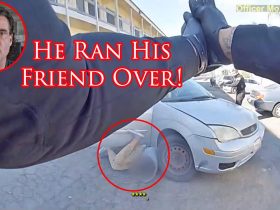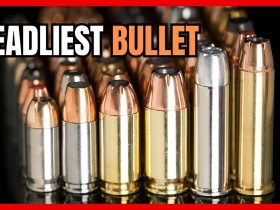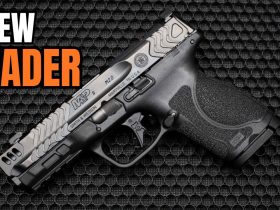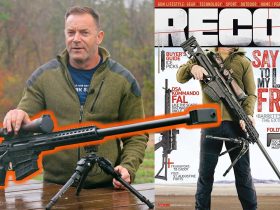When we are under severe stress, such as when the fight-or-flight syndrome kicks in, one of the body functions that is severely impaired is our fine motor skills. That is, the ability to use our fingers to perform what prior to the stress have been simple functions. We get fumble-fingered and simple, easy tasks are no longer simple and easy.
This is the reason that we teach defensive students to use their whole hand, whenever possible, in operating their firearm. Instead of using the thumb, or other finger, to activate the slide release on a pistol, we recommend that they use the whole hand, grasping the top of the slide, in front of the rear sight and pulling it to the rear and release.
In my days as a PPC shooter it was common practice to use the support-hand thumb to punch the empties from the revolver cylinder. We now teach the shooter to smack the ejector rod with the palm of the hand because it is a much more positive, effective move and does not require fine motor skills to accomplish.
This loss of fine motor skills is why reloading a revolver can be so difficult in the middle of an actual gunfight, and it creates that problem regardless of whether the shooter is reloading by hand, with a speed loader or with a speed strip. In every instance the shooter is performing the reloading function using their fingers.
Obviously, we can’t operate a firearm, any kind of firearm, without using our fingers to one extent or another. The solution is to study our technique and find ways to avoid using the fingers whenever possible, thus minimizing our tendency to fumble.
The second solution is to practice those uses of the fingers that are unavoidable. The revolver shooter should spend a lot of time working on reloading skills, turning those moves into a habit. The semi-automatic shooter would be well advised to spend a good deal of time practicing the reload and returning the slide to battery.
Some would argue that they are able to do all sorts of quick and handy things with their fingers during a shooting match. And I would point out that, while they are under stress, the fight-or-flight syndrome has not kicked in. The simple fact is that no one is shooting at them.
So it is important for the defensive shooter to understand what happens to the human body when the fight-or-flight syndrome occurs, particularly regarding the loss of fine motor skills. Understanding that, he or she can find ways to avoid using their fingers as much as possible. And they can practice, practice, practice those moves when the fingers simply must be used.
Read the full article here
















![Walther PDP Pro-X [HANDS-ON REVIEW] Walther PDP Pro-X [HANDS-ON REVIEW]](https://www.recoilweb.com/wp-content/uploads/2025/01/Walther-PDP-Pro-X-18.jpg)

Leave a Reply